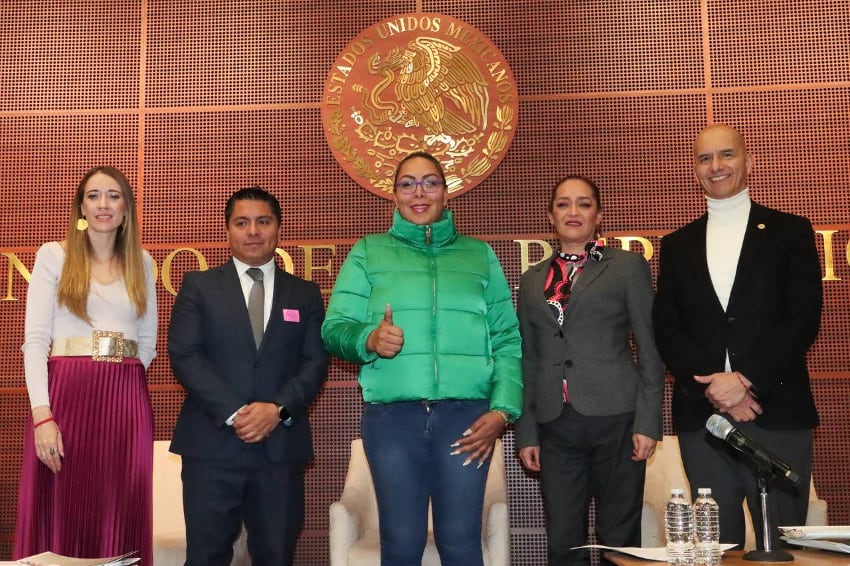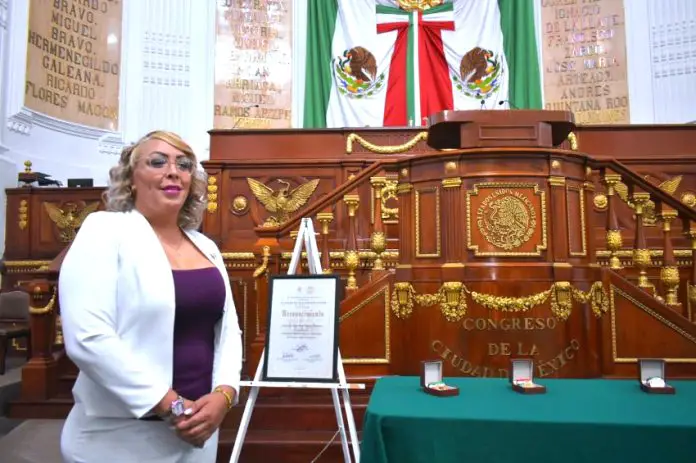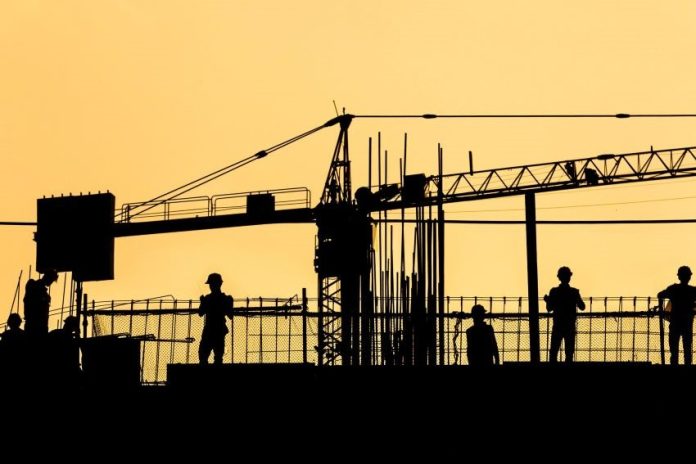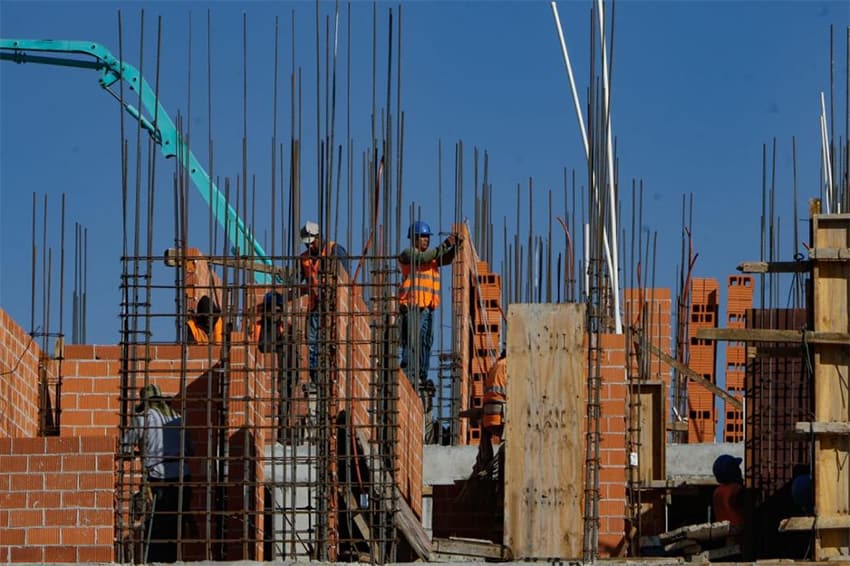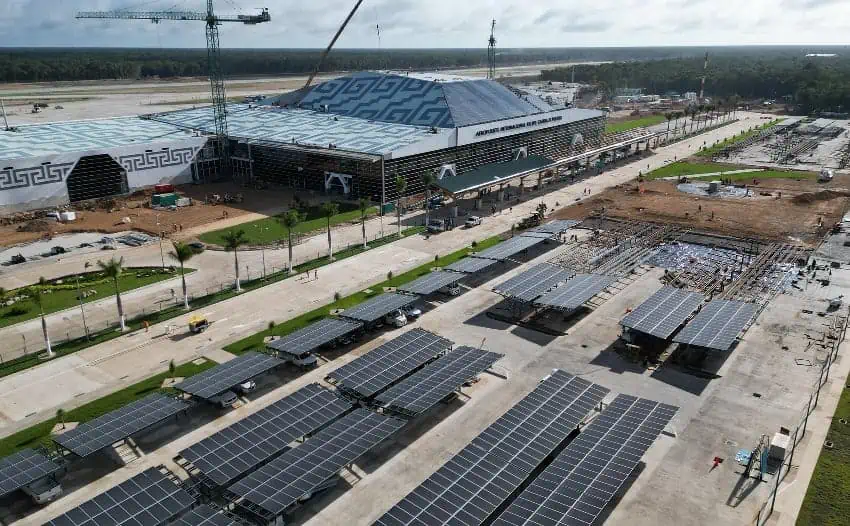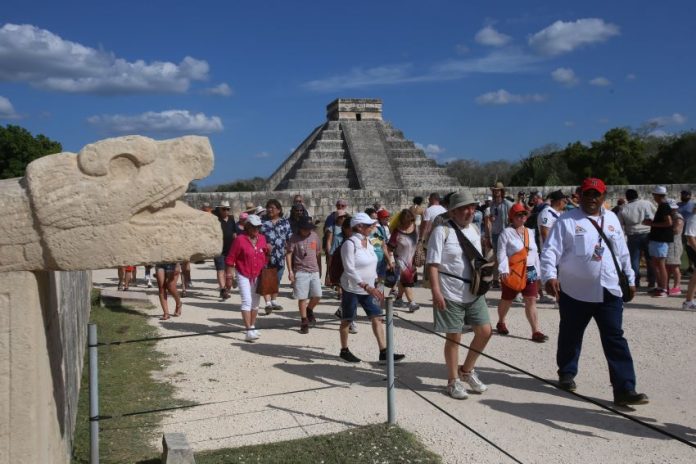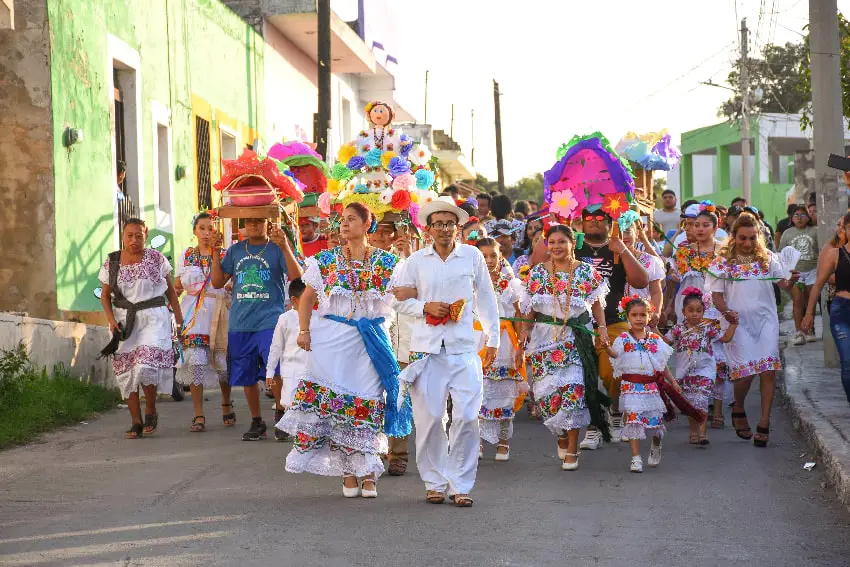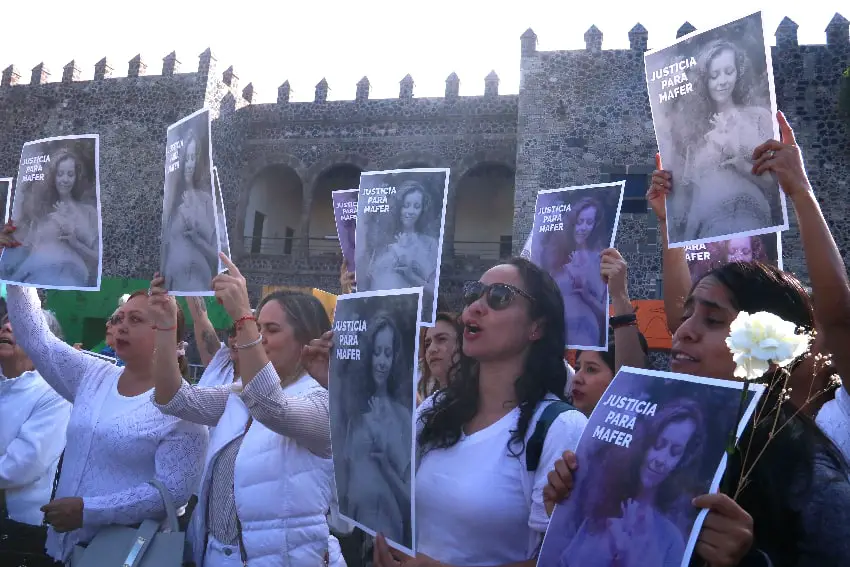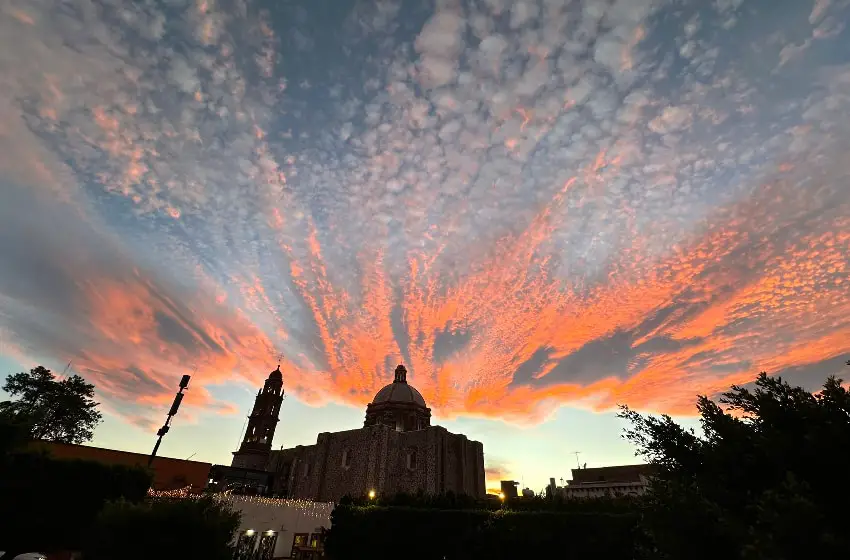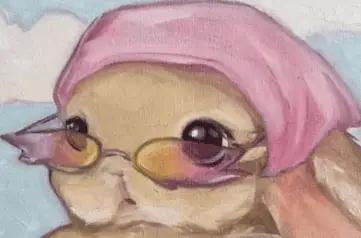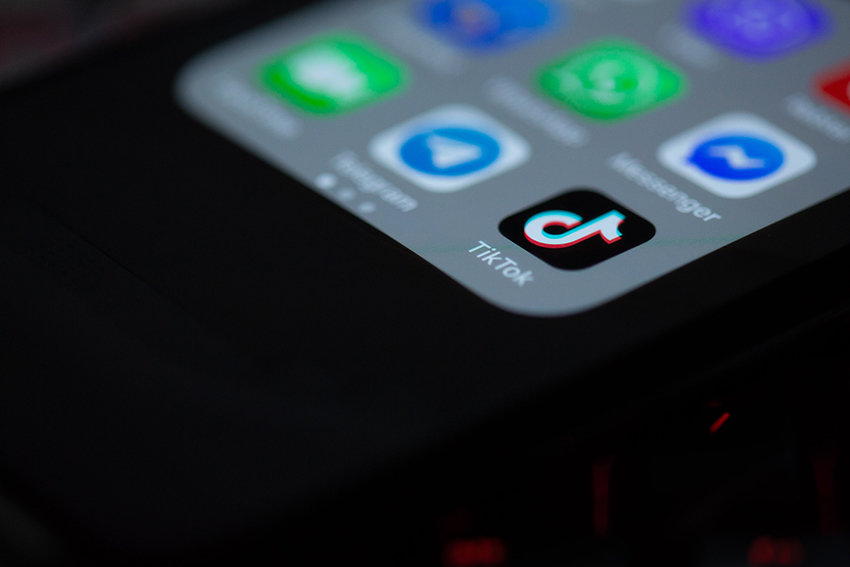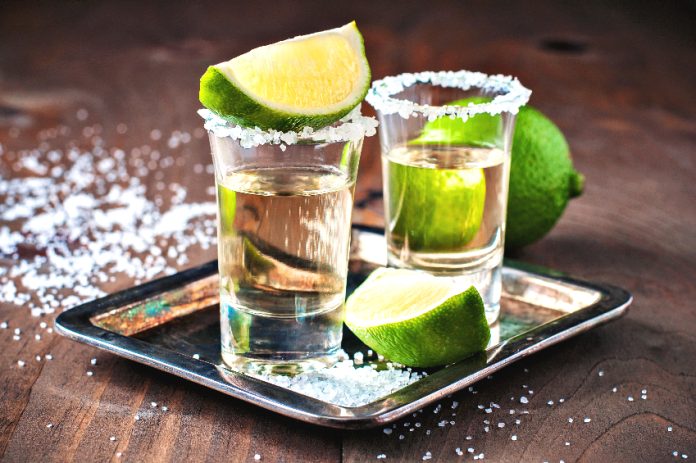How and when did Mexico City get so cool?
The short answer is, it always has been — just most people outside of Mexico City (CDMX) didn’t know it yet.
When people ask me what my favorite cities in the world are, I have responded for years with London, Hong Kong and Mexico City. Most people would understand the first two, and be mildly shocked by the third one.
I admit, Mexico City wasn’t always easy to love. The smog used to be some of the worst in the world. The crime rate was very high. The traffic was beyond terrible. I remember as a college student visiting Mexico City multiple times and spending the day walking for miles and miles around the city, only to come back in the evening with my eyes and nose burning from the air pollution.
But now, the city is — finally — getting the recognition I think it has always deserved for being one of the world’s great metropolises. Just recently, it was named the best city for culture in the world by Time Out Magazine.
To really appreciate modern day CDMX, I think that it’s critical to first understand two things about it: the city’s geography and its history.
First, the geography. Despite being at 2,240 meters elevation, Mexico City is in a valley, surrounded by soaring peaks including two volcanoes (nearly 6,000 meters high), one of which is still very much active. The city was built on a lake (Lago de Texcoco) and canals and waterways abound.
The history of the city is fascinating. Legend has it that the Mexica (also known as Aztec) people were searching for a place to establish a city, and that it should be located where they saw an eagle, eating a snake, on top of a cactus. Low and behold, they found that very scene on an island in the center of Tenochtitlan Lake in 1325, and the rest is history. That very spot is where the Mexica empire rose up, in the heart of modern-day Mexico City, where the Templo Mayor is located, in the city’s massive Zócalo square.
That eagle and cactus scene is, of course, Mexico’s national coat of arms and adorns the country’s flag.
While the lake has dried up, and the canal system built by the Mexica has mostly vanished, one of the world’s largest, most fascinating cities remains.
There are three can’t-miss destinations for archaeology lovers in CDMX: the ruins of the Templo Mayor, the ancient city of Teotihuacán (the massive pyramids just outside of the city), and the world-famous National Museum of Anthropology in Chapultepec park.
For urban park lovers, there are multiple places to check out; fabulous for people-watching and giving you a vibe of how residents play in the city.
I think that the best ones are the massive Bosque de Chapultepec (Chapultepec Park) and its many sights (zoo, museums, castle, walking paths, etc); Parque México in the Roma Norte neighborhood (hipster cool young people hanging out); and the newer Parque La Mexicana (business people strolling around or having lunch) in Santa Fe. Each park has a totally different vibe, but each is worth visiting.
It’s impossible to try to list all of the diverse and varied neighborhoods of the city, but a few of my top picks include the Centro Histórico, Roma Norte, Polanco, San Angel, and Coyoacán.
Each has a totally different feel, and each in its own right is a perfect example of the restaurants, stores, galleries and people that make the city so cool.
Each will also likely surprise you with the amount and variety of trees and urban vegetation. Xochimilco, in the south, is a place so unique it is absolutely worth checking out.
This neighborhood is the only one where the original islands (chinampas) and canals from Mexica times remain, and today you can still see the small plots of land that they used to grow crops for hundreds of years.
Today, you can take a guided boat in the neighborhood to eat some tacos sold to you from another boat, have some drinks or order up some mariachi serenades. This is an absolutely unique and awesome experience to do with family or friends.
Mexico City has long been know for its art scene, but lately it is getting more recognition than ever.
There are Diego Rivera murals all around town; there is the very popular Frida Kahlo museum in Coyoacán; the Museo Soumaya (founded by Carlos Slim) is known for its unique architectural design and its collection; and the annual Zona Maco contemporary art fair is one of the most important in Latin America.
A recent visit to Mexico City reinforced to me just how cool the city is.
My wife and I arrived early on Sunday morning, checked into our hotel, and proceeded to walk for miles and miles on Reforma avenue with hundreds of thousands of locals and tourists. The city shuts down multiple major streets each Sunday morning and early afternoon to allow everyone to enjoy the city without the noise and stress of the traffic. It truly makes for a magical experience. There are runners, walkers, bikers, rollerbladers, Zumba classes, Bachata dancers — pretty much any form of exercise you can imagine was being done — all with a harmony one often does not see in such a large, diverse city.
Of course it is impossible to do justice to a city like CDMX in one short column, but hopefully I have inspired you a little bit to get out and explore the metropolis that so many people already knew — and so many more people are just now discovering — is so cool!
Travis Bembenek is the CEO of Mexico News Daily and has been living, working or playing in Mexico for over 27 years.
